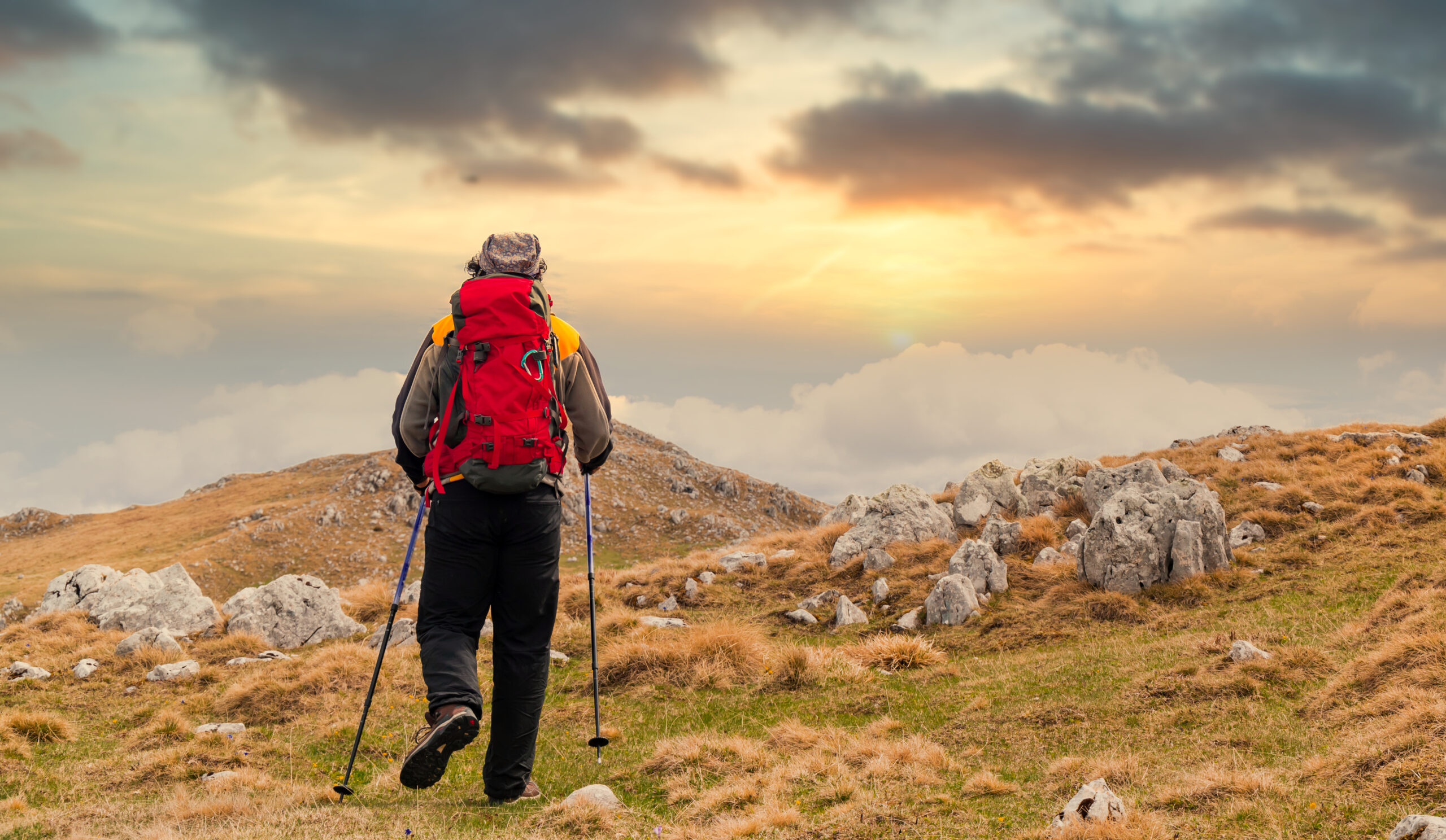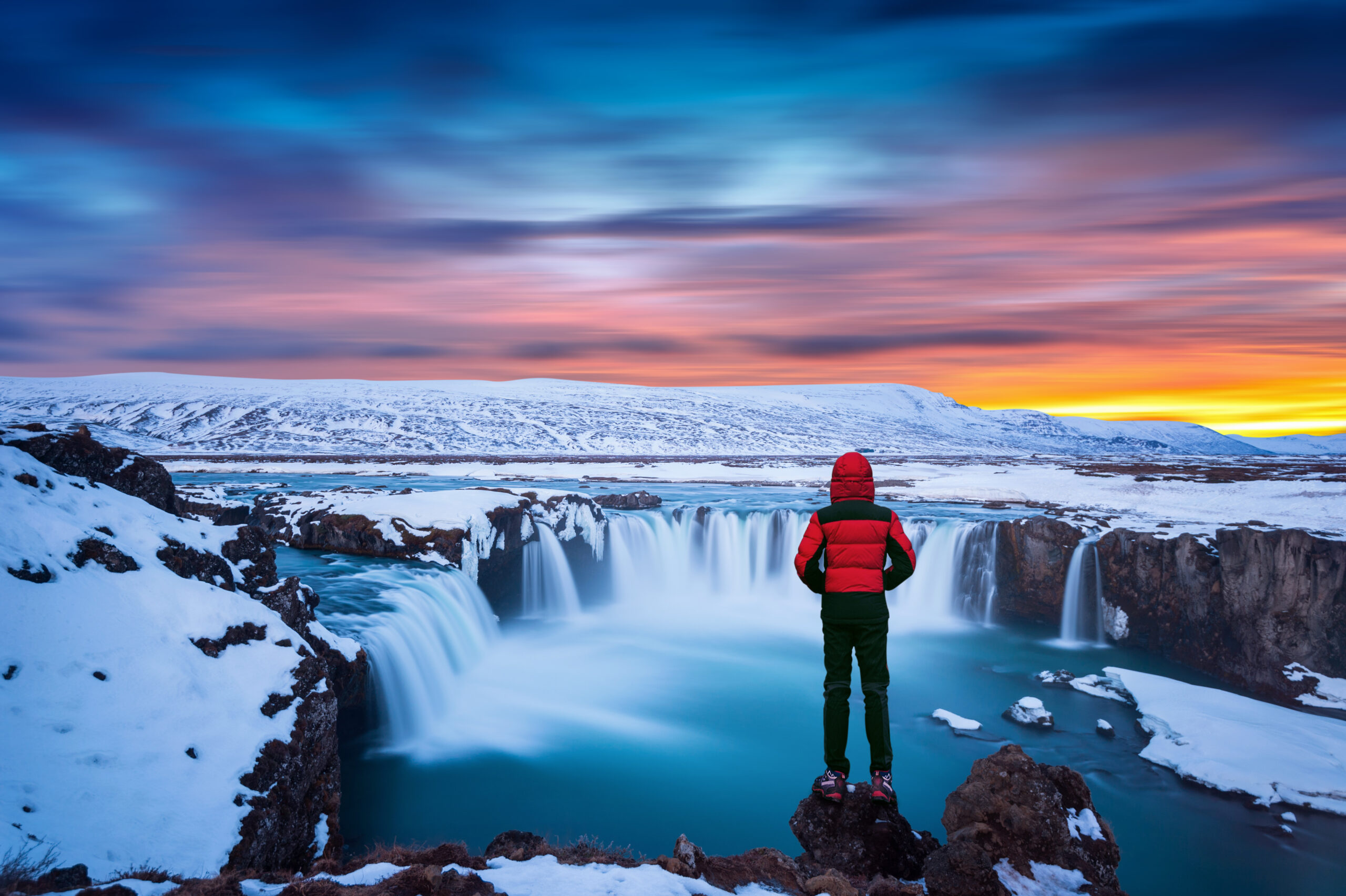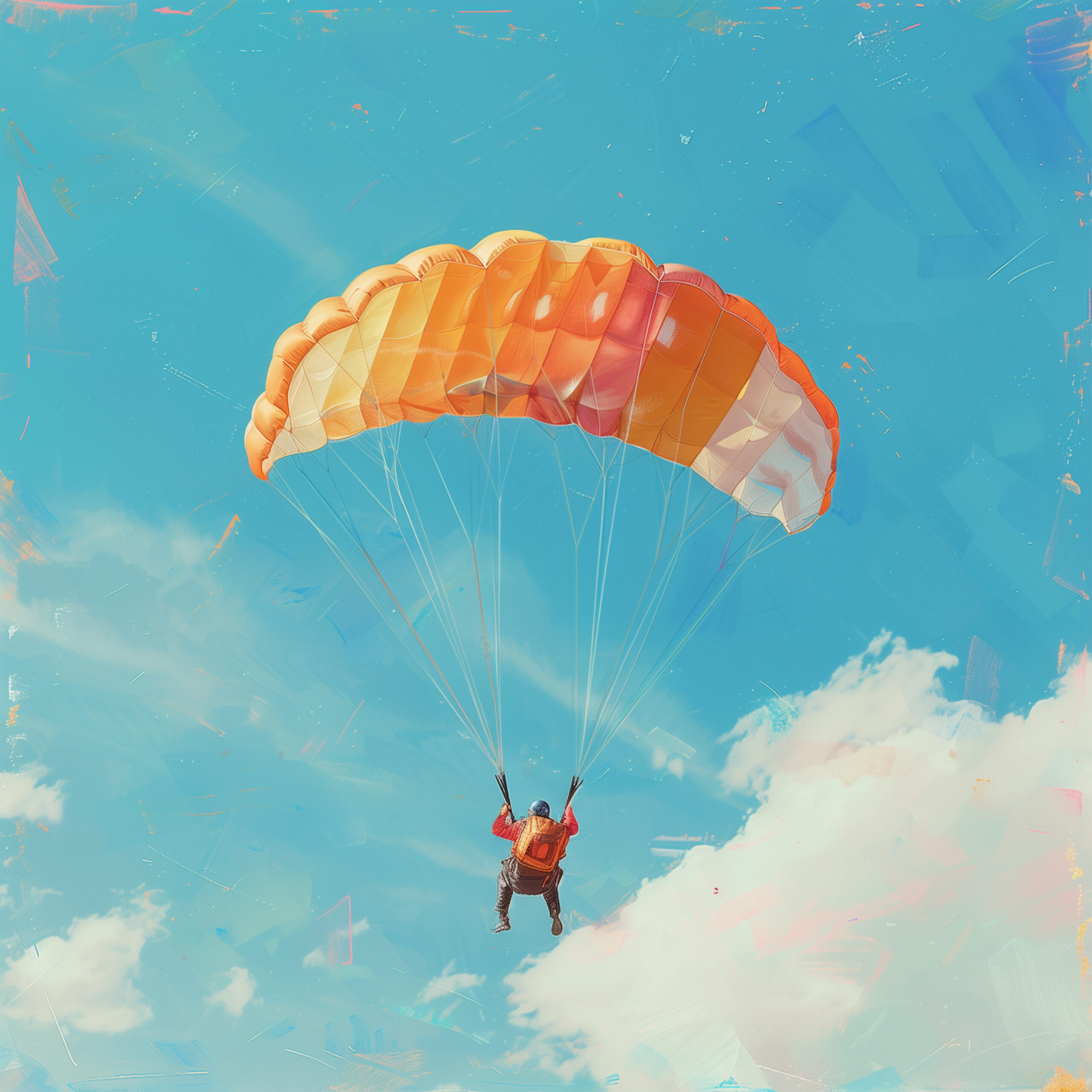The Ultimate Guide to Trekking in Nepal

Nepal, a land of towering peaks, mystical cultures, and unparalleled natural beauty, is a dream destination for trekkers worldwide. Nestled in the heart of the Himalayas, this small yet diverse country offers some of the most iconic trekking routes on the planet. From the legendary Everest Base Camp to the remote trails of Upper Mustang, trekking in Nepal is an adventure that combines physical challenge, cultural immersion, and jaw-dropping scenery. Whether you’re a seasoned hiker or a first-time trekker, this guide will equip you with everything you need to plan an unforgettable journey through Nepal’s mountains.
Why Trek in Nepal?
Nepal’s reputation as a trekking paradise is well-deserved. Home to eight of the world’s ten highest peaks, including Mount Everest, the country’s landscapes range from lush subtropical forests and terraced farmlands to arid high-altitude deserts and glacial valleys. Beyond the physical terrain, Nepal’s rich cultural tapestry—woven with Hindu and Buddhist traditions, ancient monasteries, and warm Himalayan hospitality—adds depth to every step of your journey.
Treks here are more than just hikes; they’re a chance to connect with local communities, savor homemade dal bhat (a traditional lentil and rice dish), and witness sunrise over snow-capped giants. With trails suited to all skill levels and durations, Nepal invites you to explore at your own pace.
Top Trekking Routes in Nepal
1. Everest Base Camp Trek
The Crown Jewel of the Himalayas
The Everest Base Camp (EBC) Trek is a bucket-list adventure that takes you into the heart of the Khumbu region. This 12–14-day journey starts with a thrilling flight to Lukla, followed by trails that wind through Sherpa villages, suspension bridges draped in prayer flags, and the serene beauty of Sagarmatha National Park.
- Highlights: Kala Patthar (5,643m) for sunrise views of Everest, Namche Bazaar (the Sherpa capital), and Tengboche Monastery.
- Best Time: March–May (spring) and September–November (autumn).
- Difficulty: Moderate to challenging due to altitude.
Pro Tip: Spend an extra day in Namche Bazaar for acclimatization and visit the Everest Photo Gallery.
2. Annapurna Circuit Trek
A Journey Through Diversity
The Annapurna Circuit, often dubbed the “Classic Nepal Trek,” circles the Annapurna Massif, offering ever-changing landscapes. Over 12–18 days, you’ll traverse rice paddies, rhododendron forests, and the stark beauty of the Tibetan Plateau, culminating at the Thorong La Pass (5,416m), one of the world’s highest trekking passes.
- Highlights: Sunrise at Poon Hill, the apple orchards of Marpha, and the sacred Muktinath Temple.
- Best Time: October–November and April–May.
- Difficulty: Moderate, but the high pass requires stamina.
Pro Tip: Extend your trek to the Annapurna Sanctuary for close-up views of the Annapurna peaks.
3. Langtang Valley Trek
Nepal’s Hidden Gem
Less crowded but equally stunning, the Langtang Valley Trek is ideal for those seeking solitude. Located just north of Kathmandu, this 7–10-day trek combines alpine meadows, glacial lakes, and the resilient Tamang culture. The region has rebounded remarkably since the 2015 earthquake, making your visit a meaningful way to support local recovery.
- Highlights: Kyanjin Gompa, Langtang National Park, and cheese-making at local monasteries.
- Best Time: March–May and September–November.
- Difficulty: Moderate.
Pro Tip: Add the sacred Gosainkunda Lake pilgrimage route during monsoon (July–August) for a spiritual twist.
4. Manaslu Circuit Trek
Off-the-Beaten-Path Adventure*
The Manaslu Circuit Trek is a remote and culturally rich alternative to the Annapurna Circuit. This 14–16-day loop circles Mount Manaslu, the world’s eighth-highest peak, passing through Tibetan-influenced villages and lush valleys. A restricted area permit ensures fewer crowds and pristine trails.
- Highlights: Larkya La Pass (5,106m), ancient Buddhist monasteries, and views of Manaslu’s icy summit.
- Best Time: October–November and April–May.
- Difficulty: Challenging due to high passes and basic teahouses.
Pro Tip: Hire a local guide—this route requires navigation expertise.
5. Upper Mustang Trek
A Glimpse of Tibetan Wilderness*
Often called the “Last Forbidden Kingdom,” Upper Mustang is a high-altitude desert resembling Tibet. This 10–14-day trek requires a special permit but rewards with medieval cave monasteries, eroded cliffs, and the walled city of Lo Manthang.
- Highlights: The royal palace of Lo Manthang, Tiji Festival (May), and the Kali Gandaki Gorge.
- Best Time: May–October (avoid monsoon rains).
- Difficulty: Moderate; high altitude but gentle trails.
Pro Tip: Fly back from Jomsom to Pokhara to save time.
Preparing for Your Trek
Physical Fitness
Trekking in Nepal demands endurance, especially for high-altitude routes. Start training 2–3 months in advance:
- Build cardio with hiking, cycling, or stair climbing.
- Strengthen legs and core with squats and lunges.
- Practice hiking with a loaded backpack.
Essential Gear
Pack light but wisely:
- Footwear: Sturdy hiking boots and moisture-wicking socks.
- Clothing: Layered clothing (thermal base, fleece, down jacket, waterproof shell).
- Accessories: Trekking poles, headlamp, sunscreen, and a reusable water bottle.
- Miscellaneous: First-aid kit, wet wipes, and a quality sleeping bag.
Pro Tip: Rent gear in Kathmandu or Pokhara to save luggage space.
Permits and Regulations
Most treks require permits:
- TIMS Card (Trekkers’ Information Management System): Mandatory for all treks.
- National Park/Conservation Area Permits: E.g., Sagarmatha National Park (Everest) or Annapurna Conservation Area.
- Restricted Area Permits: Needed for Upper Mustang, Manaslu, and Dolpo.
Note: Always trek with a licensed guide in restricted areas.
Hiring Guides and Porters
While solo trekking is possible on popular routes like Everest or Annapurna, hiring a guide or porter enhances safety and supports local livelihoods. Guides navigate trails, arrange teahouse stays, and share cultural insights. Porters carry 15–20kg loads, letting you focus on the hike.
Pro Tip: Book through reputable agencies in Kathmandu and ensure fair wages.
Cultural Etiquette: Respecting Local Traditions
Nepal’s culture is deeply rooted in Hinduism and Buddhism. To trek responsibly:
- Dress modestly: Cover shoulders and knees in villages.
- Remove shoes before entering homes or temples.
- Ask permission before photographing people or religious sites.
- Reserve the left hand for unclean tasks (eating or greeting with the right).
Participate in local festivals if timing aligns—Losar (Tibetan New Year) and Dashain (Hindu harvest festival) are vibrant celebrations.
Staying Safe and Healthy
Altitude Sickness Prevention
Altitude sickness can affect anyone above 2,500m. Acclimatize properly:
- Ascend slowly (max 500m elevation gain per day above 3,000m).
- Stay hydrated and avoid alcohol.
- Recognize symptoms (headache, nausea, dizziness) and descend if severe.
Food and Water
- Stick to cooked meals at teahouses; avoid raw veggies.
- Drink purified water (tablets or filtered bottles).
Travel Insurance
Ensure your policy covers high-altitude trekking (up to 6,000m) and emergency helicopter evacuations.
Sustainable Trekking: Leave No Trace
Nepal’s fragile ecosystems need protection. Follow these principles:
- Carry all trash back to cities.
- Use biodegradable toiletries and avoid single-use plastics.
- Support teahouses that use solar energy or manage waste responsibly.
- Donate to local conservation projects like the Sagarmatha Pollution Control Committee.
When to Go: Seasons for Trekking
- Autumn (Sept–Nov): Clear skies, mild temps, peak season.
- Spring (Mar–May): Blooming rhododendrons, warmer days.
- Winter (Dec–Feb): Cold but quiet; lower altitude treks recommended.
- Monsoon (June–Aug): Rainy, but ideal for Upper Mustang and Dolpo.
Final Thoughts
Trekking in Nepal is more than an adventure—it’s a transformative experience that stays with you long after you’ve left the mountains. Whether you’re marveling at Everest’s might, sharing a laugh with a Sherpa family, or sipping butter tea in a centuries-old monastery, Nepal’s magic lies in its ability to humble and inspire.
As you plan your journey, remember that responsible trekking ensures these trails endure for generations. Pack your curiosity, respect, and a sense of wonder, and let Nepal’s Himalayas reveal their secrets to you.
Namaste and happy trekking!
This guide equips you with the knowledge to embark on your Nepalese trekking adventure. From choosing the right route to embracing local culture, every step you take in Nepal is a step toward discovering the soul of the Himalayas. 🌄✨



